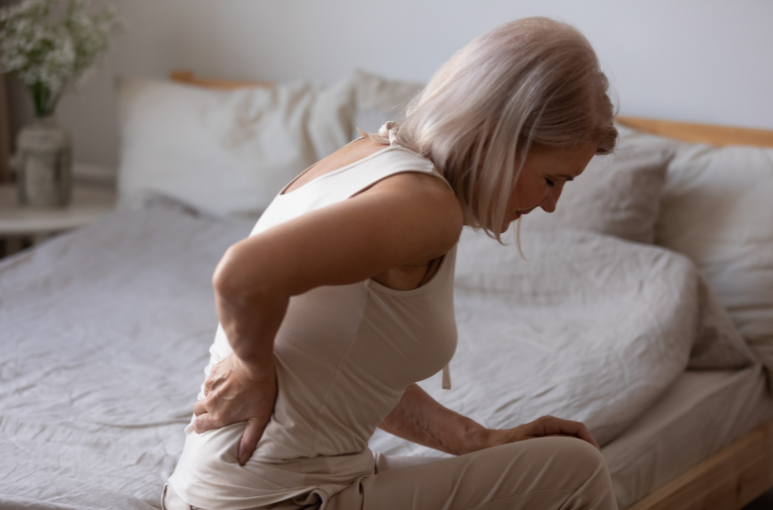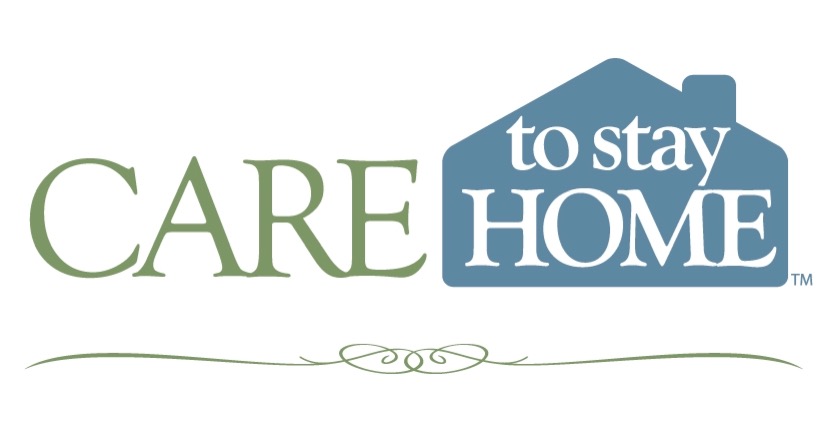
22 Oct Osteoporosis in Older Adults: a Comprehensive Insight About the Silent Threat of Osteoporosis
Osteoporosis, a condition aptly named for its characteristic “porous bones,” has often been dubbed the silent disease. This is because it progresses without symptoms until a fracture occurs. It’s an ailment that sees bones becoming brittle due to the loss of tissue. This can happen either through genetic factors, an imbalance in bone-renewing and bone-destroying cells, or because of hormonal changes, especially in post-menopausal women.
With an aging population, understanding osteoporosis becomes crucial. As bones weaken, they become more susceptible to breaks from falls and, sometimes, even from minor pressures like coughing. Age isn’t the only risk factor; there’s a web of genetics, dietary habits, and lifestyle choices that play into the onset of osteoporosis.
Implications for Senior Health and Wellness
For the older demographic, osteoporosis isn’t just about brittle bones; it’s about the domino effect it triggers in overall health and well-being. A simple fracture isn’t always simple for a senior. A hip fracture, for instance, could lead to prolonged hospital stays, surgical interventions, and extended recovery periods. These complications often snowball into other health issues like muscle atrophy from prolonged bed rest or even lung infections.
Furthermore, the psychological impact cannot be ignored. Many older adults who’ve experienced fractures due to osteoporosis often develop a fear of falling again. This fear can manifest as reduced mobility, a withdrawal from previously enjoyed activities, and even social isolation. The combination of physical and psychological impacts underscores why osteoporosis is a major concern in senior care.
Identifying the Symptoms of Osteoporosis
Subtle Signs and Manifestations
Osteoporosis often operates in the shadows, silently affecting bone health until a significant event like a fracture brings it to light. While the disease often goes unnoticed in its early stages, some symptoms can provide hints of its presence. These can include a stooped posture, a gradual loss of height over time, and unexplained back pain caused by fractures or collapsed vertebra. Periodic pain or tenderness in the bones, especially in the lower back or neck region, can be another warning sign.
The Anatomy of Fractures
Fractures are the most telling and, unfortunately, common symptom of advanced osteoporosis. While any bone can be affected, the hips, spine, and wrists are most vulnerable. It’s essential to understand that not all fractures are the result of traumatic falls. In individuals with osteoporosis, even minor stresses like bending over or lifting a light object can lead to what are termed “compression fractures” in the spine.
The Path to Prevention and Management
While osteoporosis might sound daunting, it isn’t a foregone conclusion for every older adult. There are proactive measures that can be taken to prevent its onset or manage its progression. A diet rich in calcium and vitamin D plays a pivotal role.
Calcium, found abundantly in dairy products, certain fish, and leafy greens, is essential for bone health. Vitamin D, which our skin produces when exposed to sunlight, aids in calcium absorption. For those living in less sunny locales or spending more time indoors, vitamin D supplements can be beneficial.
Physical activity is another linchpin in osteoporosis prevention. Weight-bearing exercises, even simple ones like walking or lifting light weights, can help maintain or even improve bone density.
It’s also paramount to be aware of medications that might exacerbate bone loss and to consult healthcare professionals about potential osteoporosis treatments. Regular bone density tests, especially for those in high-risk groups, can also provide a clear picture of one’s bone health, facilitating early interventions.
Helpful Information for Navigating Osteoporosis
Risk Factors to Watch
Several risk factors can increase the likelihood of developing osteoporosis. Some, like age, gender, and family history, are unmodifiable. Women, especially those who’ve reached menopause, are at a higher risk due to the rapid decline in estrogen, a hormone that protects bones. Other factors, like dietary choices, alcohol consumption, tobacco use, and sedentary lifestyles, can be controlled and managed. Being aware of these factors allows for proactive health decisions.
The Power of Early Detection
With conditions like osteoporosis, early detection can significantly influence outcomes. Bone density tests, known as DEXA scans, are the gold standard for diagnosing osteoporosis. These scans measure the amount of calcium and other minerals in a segment of bone, typically the spine or hip. By detecting decreases in bone density, they offer a window into bone health, allowing for interventions before significant complications arise.
Building a Support System
Managing osteoporosis isn’t just about medical interventions; it’s about creating a support ecosystem. Support groups, both online and offline, can provide invaluable insights, shared experiences, and a sense of community for those affected by osteoporosis. Sharing journeys, exchanging advice, and simply having a platform to voice concerns can make a tangible difference in how one navigates the challenges of the condition.
Embracing Comprehensive Care
At Spokane Care To Stay Home, our ethos revolves around holistic care. Recognizing the multi-faceted challenges posed by conditions like osteoporosis, we prioritize creating a safe environment that minimizes fall risks. This might involve home modifications or suggesting appropriate assistive devices. Our caregivers are equipped to offer dietary support, ensuring our clients have access to meals that bolster their bone health.
We understand the profound interplay between physical health and mental well-being. Thus, our approach goes beyond just addressing the physical ramifications of osteoporosis. We strive to boost the confidence and independence of our clients, encouraging them to lead fulfilling lives while ensuring their safety and well-being. At the heart of our care philosophy lies a commitment to enhancing the quality of life for every individual we serve.
Take Action Today for Stronger Tomorrow
Don’t let osteoporosis silently take hold of you or your loved ones. Early detection, informed choices, and the right care can make all the difference. At Spokane Care To Stay Home, we’re committed to ensuring that our clients lead not only safe but also enriched lives. Let’s tackle osteoporosis together, embracing preventive measures, comprehensive care, and the unwavering support of our dedicated caregivers.


